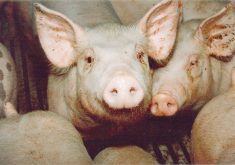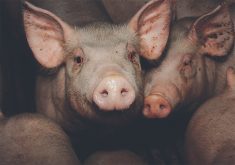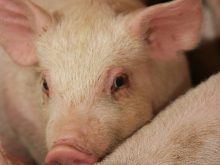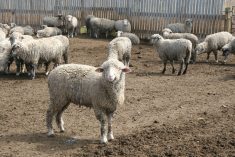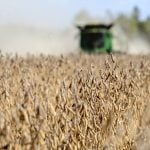U.S. hog and pork prices were sharply lower as the number of market-ready animals exceeds demand.
Disease is killing fewer piglets this year, and a mild winter has allowed hogs to gain weight faster.
A work slowdown at U.S. west coast ports is strangling the pork export pipeline. Severe winter weather in the eastern United States was also expected to limit pork movement and demand.
Nearby hog futures fell to a five year low during the week.
Iowa-southern Minnesota hogs delivered were US$47-$48 per hundredweight Feb. 6, down from $51 Jan. 30.
Read Also

Defence investments could benefit agriculture
A bump in Canada’s NATO spending commitments could lead to infrastructure investments that would benefit rural areas
U.S. hogs averaged $60.58 on a carcass basis Feb. 6, down from $65.38 Jan. 30. The U.S. pork cutout dropped to $72.94 per cwt. Feb. 6, down from $78.33 Jan. 30.
The estimated U.S. weekly slaughter for the week to Feb. 7 was 2.25 million, down from 2.255 million the previous week. Slaughter was 2.162 million last year at the same time.
Bison steady
The Canadian Bison Association said Grade A bulls in the desirable weight range sold at prices up to C$4.50 per pound hot hanging weight. There was limited activity by Canadian buyers because of the strengthening U.S. dollar.
U.S. buyers are offering US$4-$4.10 with returns dependent on exchange rates, quality and export costs.
Grade A heifers sold up to C$4.40. American buyers are offering US$3.85.
Animals outside the desirable buyer specifications may be discounted.
Lambs steady to weaker
Ontario Stockyards Inc. reported 733 sheep and lambs and one goat traded Feb. 2. Lambs sold barely steady to slightly lower. Good lean sheep sold steady with thicker types lower. Goats held steady.


